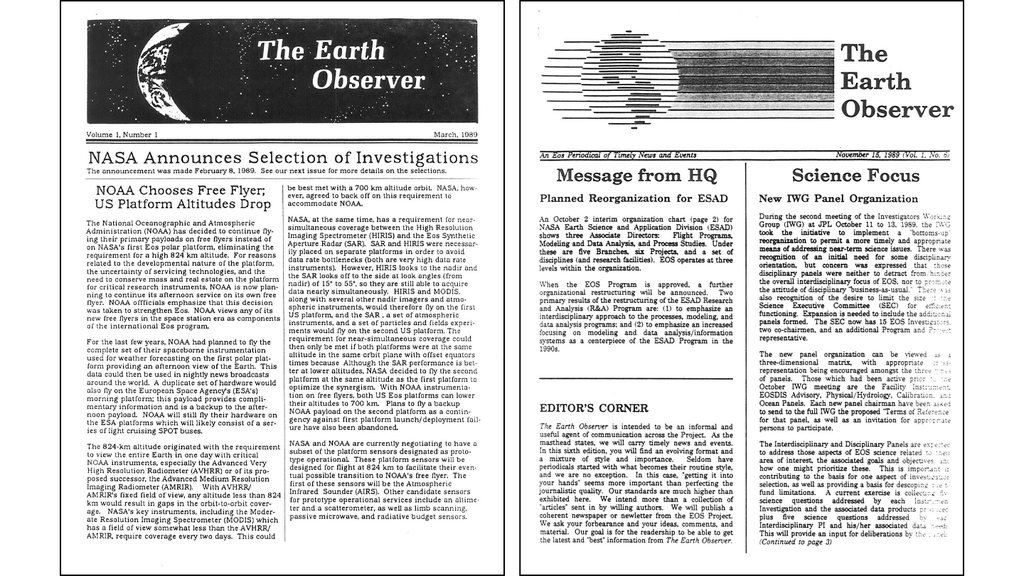The Martians: Testing Curiosity’s Parachute – Part 1
| Language |
|
|---|
This video (part 1 of a 4 part series) shows engineers testing a new parachute in the largest wind tunnel on Earth for the Curiosity rover prior to its launch and landing. Curiosity used a similar parachute to successfully land on Mars in August 2012.
TRANSCRIPT
(music)
(Adam Steltzner) Today is the 26th of April: Thursday. March, rather -- It's March 26th.
And next week, starting the 30th of March and through the first week of April,
we are doing some parachute tests up at Ames -- at the full-scale wind tunnel up there.
And we're doing our final campaign of parachute tests for qualification of the MSL supersonic parachute.
(music)
(Tom Rivellini) When the MSL spacecraft hits the atmosphere, it's going very fast.
Fortunately, the heat shield -- through friction with the atmosphere -- absorbs 98% of all that energy.
So we start off at 17,000 miles per hour, and we can slow down to about 1,000 miles per hour.
That's the point when we have to open up the parachute.
But the problem is, on Mars the atmosphere is so thin that even at a thousand miles per hour, we're not generating that much force.
So we need a really, really, really big parachute.
One of the most difficult things to do is to test the strength of the parachute.
The only way to do that is to actually inflate it. Either you drop it from a helicopter, or you put it in a wind tunnel.
We tried dropping it from a helicopter, but we were so big, and it was just not a very elegant test.
So we abandoned that, and we decided to go into the wind tunnel.
Well, we had to go to the world's largest wind tunnel in order to accommodate this big of a parachute.
The test section in this wind tunnel is 120 feet wide and 80 feet high -- it's
absolutely enormous.
So it sounds pretty straightforward, it sounds pretty easy, but parachute testing is never without its surprises.
(Man in background) "Three, two, one, fire." (Bells ringing)
(Computer beeping sounds)
(Concerned voices)
"Yellow in the east op. Control room, do you copy?"
"Roger that, thanks."
(dramatic music)
(Doug Adams) "Yeah, I wasn't sure what happened, because it happened pretty quick."
(Tom Rivellini) When we got up there, we built a few really nice chutes. We brought them up to the wind tunnel, and we started testing them.
And sure enough, we got what is called an "inversion." The parachute opened up inside-out.
(Doug Adams) "And the parachute blew apart basically. So the tunnel is fine, but the parachute, uh, it's a loss."
(dramatic music)
(Doug Adams) "We'll have to see what we get when we do our full-scale analysis, but it definitely failed on that one side first.
"Once it failed in one place, it was done.
"Lose it in one place, you lose the whole thing." (dramatic music)
(Tom Rivellini) So we called it quits for that first test program, and we reconvened and we were scratching our heads.
We assembled all the experts. We had a workshop, and the problem is, we didn't have enough data to figure out what was happening.
We didn't have enough cameras in there, so we crammed that wind tunnel with as many cameras as we could get.
We had high-def cameras, we had 35-millimeter cameras, we had three or four different high-speed cameras --
it was just the most photographs of a parachute inflation test any of us had ever seen.
(Various voices) "Ohhh..." (laughing) "...oh, we got, we nailed that! We just drilled that -- it's perfect!" (Clap)
"Perfect -- they're both perfect. Oh, cool." "Even at a thousandth of a second shutter speed there's still a lot of motion."
"That is awesome."
(Doug Adams) "Dutch, you've outdone yourself -- this is stellar. Congratulations, my friend."
(Dutch Slager) "Couldn't have done it without you guys."
(Al Witkowski) "That footage is awesome. That footage doesn't exist anywhere else in the world. Any parachute, ever.
"I kid you not. We have no idea. We have no idea.
"We have no idea if they all look like that, or if none of them look like that, because we've got nothing to base it against."
(dramatic music)
(Thom Wynne) You know, every time you have one of these tests, even though you've done them again and again,
there's always that pressure that you have to perform, because the visual data, the high speed-data video,
was really some of the most important data that was being collected.
You can't put instrumentation on the parachute, so the only thing to record the parachute really was the high-speed video.
And the responsibility for that was on the photographers, so yeah -- we felt that stress. We felt that very keenly.
(music)



























